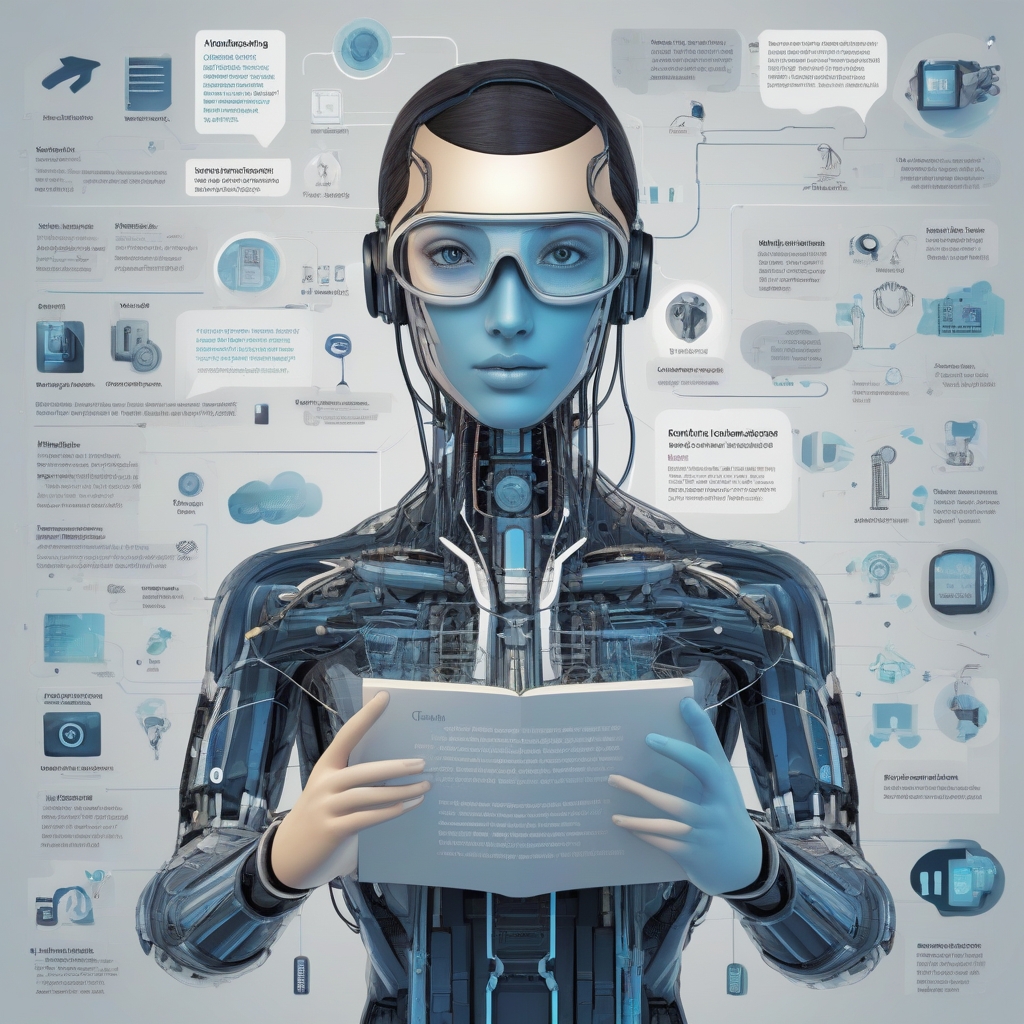Understanding AI: The Benefits of a Glossary
Artificial intelligence (AI) is revolutionizing numerous sectors, from healthcare to finance and beyond. As it integrates more deeply into everyday life, it’s crucial to understand the key terms associated with AI. A comprehensive glossary not only demystifies complex concepts but also empowers you to engage in informed discussions and make savvy technology decisions. This blog will serve as your guide to essential AI terms.
Key AI Terms Everyone Should Know
1. Artificial Intelligence (AI)
Artificial Intelligence refers to the simulation of human intelligence processes by machines, especially computers. It encompasses a variety of tasks including learning, reasoning, problem-solving, perception, and language understanding.
2. Machine Learning (ML)
Machine Learning is a subset of AI that involves training algorithms to enable computers to learn from data and improve their performance over time without being explicitly programmed.
3. Deep Learning
Deep Learning is a type of machine learning that utilizes neural networks with many layers (hence “deep”) to analyze various levels of data.
4. Neural Network
A Neural Network is a series of algorithms that attempt to recognize underlying relationships in a set of data through a process that mimics the way the human brain operates.
5. Natural Language Processing (NLP)
Natural Language Processing is a branch of AI that helps computers understand, interpret, and respond to human languages.
6. Chatbot
A Chatbot is a software application designed to simulate human conversation. Common in customer service, chatbots range from simple scripts to more advanced systems powered by AI.
7. Data Analytics
Data Analytics refers to the process of examining data sets to draw actionable conclusions, often used in decision-making processes.
8. Algorithm
An Algorithm is a set of rules or instructions given to AI to help it learn and make decisions.
9. Supervised Learning
Supervised Learning is a type of machine learning where the model is trained on labeled data.
10. Unsupervised Learning
In Unsupervised Learning, the algorithm is given data without explicit instructions, tasked with finding patterns and relationships.
11. Reinforcement Learning (RL)
Reinforcement Learning involves training algorithms using a system of rewards and penalties to make a sequence of decisions.
12. Artificial Neural Network (ANN)
An Artificial Neural Network is an interconnected group of nodes, akin to the vast network of neurons in the human brain, designed to process complex information.
Advanced AI Terminology
13. Convolutional Neural Network (CNN)
A Convolutional Neural Network is a deep learning algorithm designed to process structured grid data, primarily used in image recognition.
14. Generative Adversarial Network (GAN)
A Generative Adversarial Network is a system where two neural networks contest with each other to generate new, synthetic instances of data that can pass for real data.
15. Transfer Learning
Transfer Learning involves storing knowledge gained while solving one problem and applying it to a different but related problem.
16. Computer Vision
Computer Vision is a field of AI that trains computers to interpret and understand the visual world.
17. Predictive Analytics
Predictive Analytics is a form of data analytics that uses historical data to make predictions about future events.
18. Big Data
Big Data refers to large, complex data sets that require advanced tools and technologies to process and analyze.
19. Cloud Computing
Cloud Computing involves delivering various services over the internet, including data storage, servers, databases, networking, and software.
20. Internet of Things (IoT)
Internet of Things refers to the network of physical objects embedded with sensors, software, and other technologies to connect and exchange data with other devices and systems over the internet.
Emerging Trends and Concepts
21. Explainable AI (XAI)
Explainable AI focuses on making the decision-making processes of AI systems transparent, understandable, and interpretable.
22. Autonomous Systems
Autonomous Systems are AI-driven systems capable of performing tasks without human intervention, such as self-driving cars.
23. Cognitive Computing
Cognitive Computing aims to simulate human thought processes in a computerized model, often used to enhance human decision-making.
24. Edge Computing
Edge Computing processes data at the edge of the network, near the data source, to improve response times and save bandwidth.
25. Quantum Computing
Quantum Computing leverages the principles of quantum mechanics to perform computations far beyond the capacity of traditional computers.
26. Robotic Process Automation (RPA)
Robotic Process Automation uses software robots or “bots” to automate highly repetitive and routine tasks typically performed by a human.
27. AI Ethics
AI Ethics involves the moral implications and responsibilities of creating and implementing AI technologies.
Practical AI Applications
28. Facial Recognition
Facial Recognition is a biometric software capable of uniquely identifying or verifying a person by comparing and analyzing patterns based on their facial features.
29. Voice Recognition
Voice Recognition is the ability of a machine or program to identify and process human voices to perform tasks or functions.
30. Self-driving Cars
Self-driving Cars are vehicles equipped with AI systems that enable them to navigate and operate without human input.
31. Recommendation Systems
Recommendation Systems employ algorithms to suggest products, services, or information to users based on their preferences and behaviors.
Conclusion
As AI continues to evolve, understanding these terms will become increasingly beneficial. Whether you’re a tech enthusiast, professional, or just curious about the future, this glossary will serve as your foundational guide.
For ongoing learning, make it a habit to stay updated with the latest advancements and continually expand your knowledge base. This approach will ensure you remain at the forefront of AI technology, ready to leverage its capabilities to their fullest potential.

Leave a Reply